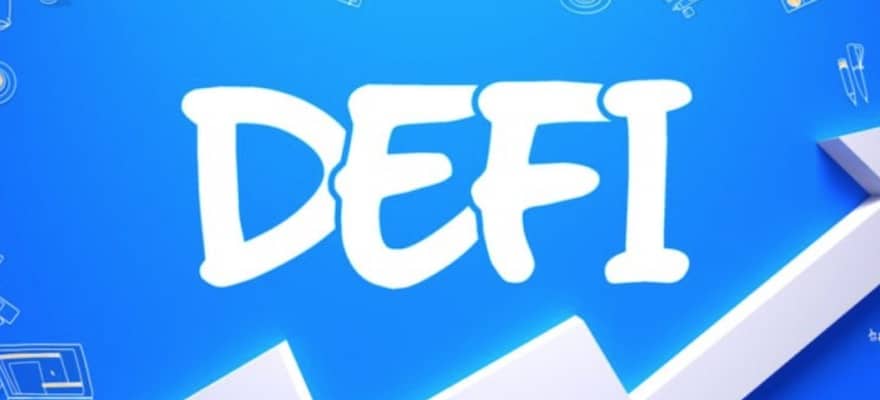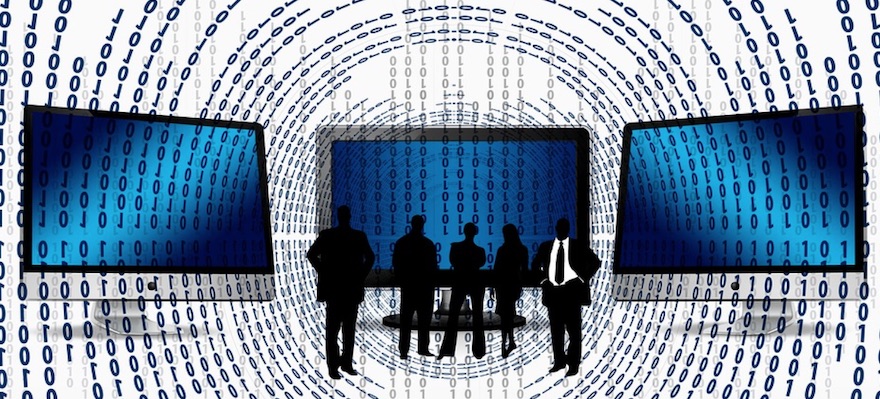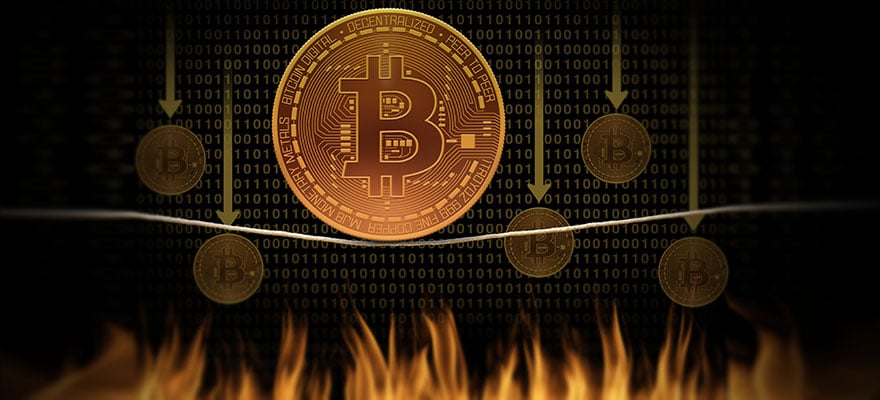Decentralized Finance has been all the rage lately. However, while all the hype was focused on DeFi, Non-Fungible Tokens (NFTs) have also increased in popularity. Unlike BTC or ETC, an NFT is a crypto token that has the characteristics that ensure an identical token is not interchangeable with it. Therefore, NFTs create digital scarcity, ownership, and uniqueness for the crypto space.
An increasing number of innovative projects are arising with NFT that have extremely creative ways of generating value. For example, just last week, more than $1.8 million was traded through the crypto-collectibles market. Let's take a look at some of the most promising aspects of NFTs and their wider implications for the Blockchain industry.
The Features and Advantages of NFTs
Some common features and advantages of many NFTs include being ERC-720 compliant, which means they can be used in the storage of crypto-collectibles such as in crypto gaming or art, providing a means of proving authenticity and ownership.
The hype around NFTs started in earnest with CryptoKitties, which at one point saw the price of a single digital collectible feline surpass $100,000. Developed on Ethereum by Axion Zen, CryptoKitties was a blockchain

Jay Hao, CEO of OKEx
game that allowed users to purchase, sell and collect virtual cats. In the years since the NFT space has become more diverse with major players such as Internet giant Kakao rolling out a wallet that will support NFTs.
Compared to the common ERC-20 standards of most tokens and dApps, many NFTs are built instead with the ERC-721 token standard. ERC-721 standard can be a way for significant assets to be tokenized on a public or hybrid blockchain with both immutability and security. While pretty similar in functionality to ERC-20, ERC-721 is easier for developers to make a transition in developing and architecture. ERC-721 is also easy for users to store tokens in ordinary wallets and trade them on exchanges. With ERC-721, a token’s unique ownership details are added in addition to the address and balance on the blockchain.
One of the qualities that make NFTs so attractive is aesthetics that many users will find familiar. While other tokens have a symbol and exist on the blockchain, they cannot be physically owned, and envisioning their supposedly invisible ownership is hard for many newcomers to comprehend.
However, many projects such as Nifty Football and CryptoKitties come in the forms of virtual card games and pets and make use of concepts familiar to many users from childhood. The advantage of blockchain environments is they permit players to gain true ownership of their in-game items. With non-fungible tokens (NFTs) and digital collectibles, games based on the blockchain can revitalize a new economic system that enables gamers to earn while they play. In fact, the appeal of NFTs is starting to extend beyond games and collectible cards, even the major traditional auction house Christie’s is now starting to tokenize some artwork through NFTs.
The Challenges NFTs Still Face
However, there are challenges in implementing NFT projects. For example, if a tokenized piece of artwork was split up, it may be subject to securities regulation law. In addition, although centralized players have made strides in innovative trading tools and crypto education to make the industry accessible to all, the industry is still difficult for less tech-savvy users to enter into.
For the less tech-savvy users, even tasks such as managing private keys and setting up wallets could create barriers to entry. Lastly, while the line between centralized and decentralized is becoming blurred, some notable NFT projects such as Enjin Mintshop and Terra Virtua involve marketplaces and would need to effectively Bridge that gap.
While all the attention has been focused on DeFi, there is some crossover appeal with NFTs, which could make an impact on insurance policies that have unique properties. Could it be the future holds more cases of tokenization of insurance policies mixed with yield farming? For advanced uses such as NFT for insurance, the DeFi space still has a way to go in terms of stability, equity and transparency. However, the rapid progress made so far and wide application of use cases shows much promise.
Jay Hao, CEO of OKEx














